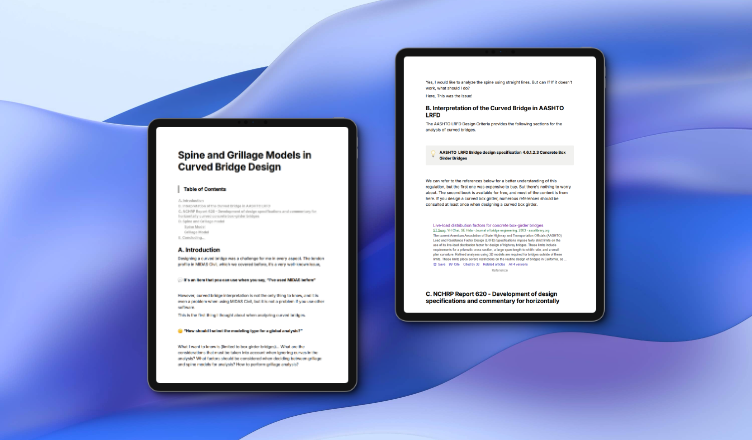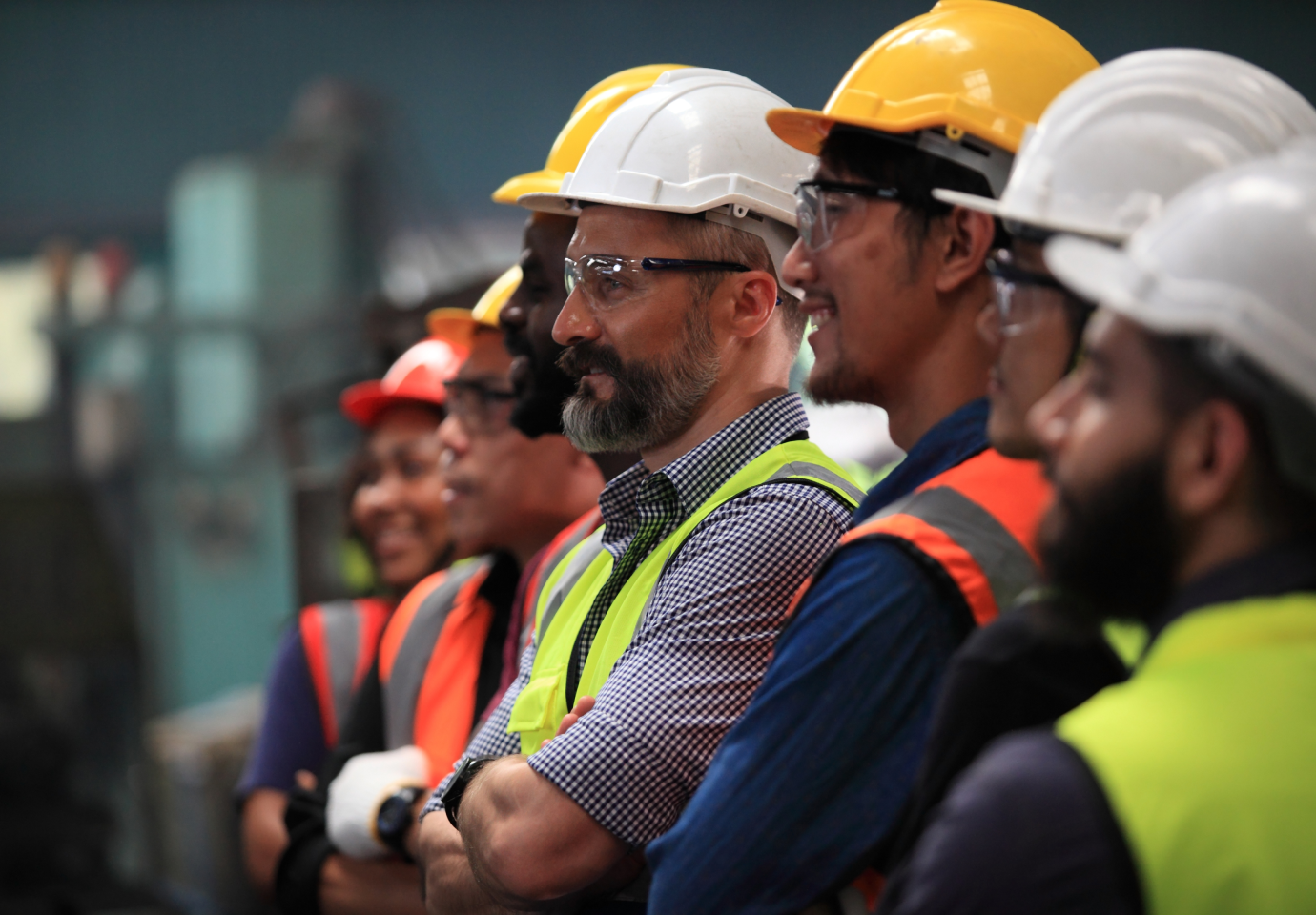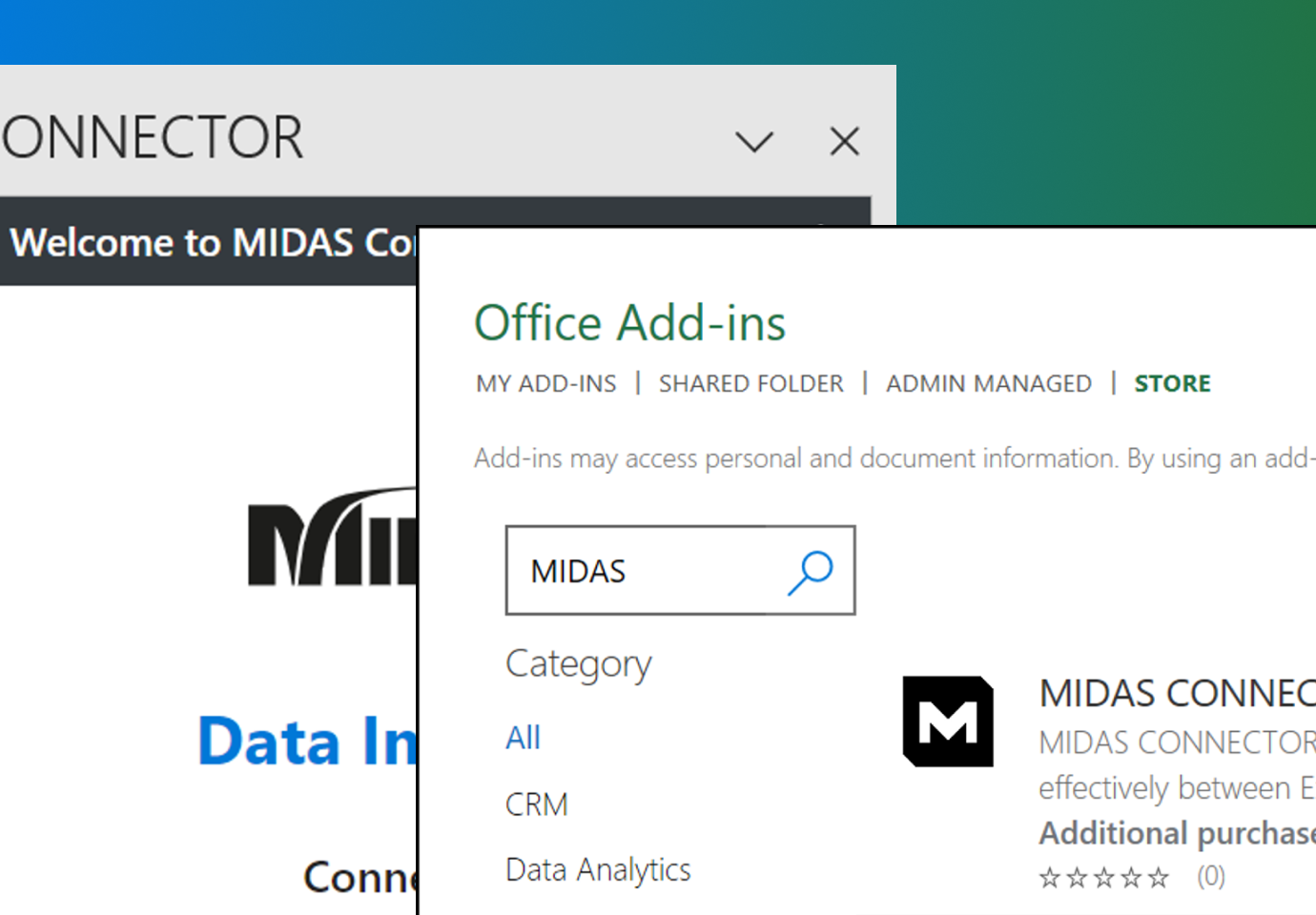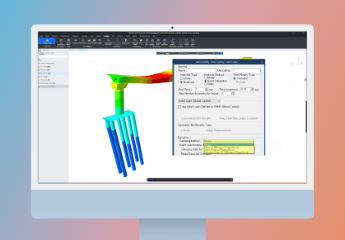A. Introduction
Designing a curved bridge was a challenge for me in every aspect. The tendon profile in MIDAS Civil, which we covered before, it’s a very well-known issue,
💬 It's an item that you can use when you say, “I've used MIDAS before”
However, curved bridge interpretation is not the only thing to know, and it is even a problem when using MIDAS Civil, but it is not a problem if you use other software.
This is the first thing I thought about when analyzing curved bridges.
🤔 “How should I select the modeling type for a global analysis?”
What I want to know is (limited to box girder bridges)… What are the considerations that must be taken into account when ignoring curves in the analysis? What factors should be considered when deciding between grillage and spine models for analysis? How to perform grillage analysis?
Yes, I would like to analyze the spine using straight lines. But can I? If it doesn't work, what should I do?
Here, This was the issue!
B. Interpretation of the Curved Bridge in AASHTO LRFD
The AASHTO LRFD Design Criteria provides the following sections for the analysis of curved bridges.
💡 AASHTO LRFD Bridge design specification 4.6.1.2.3 Concrete Box Girder Bridges
We can refer to the references below for a better understanding of this regulation, but the first one was expensive to buy. But there's nothing to worry about. The second book is available for free, and most of the content is from here. If you design a curved box girder, numerous references should be consulted at least once when designing a curved box girder.
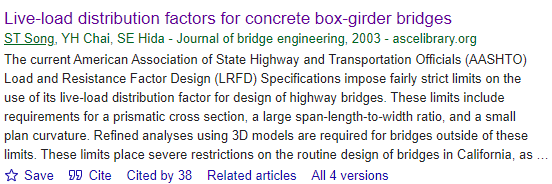
Reference
C. NCHRP Report 620 - Development of design specifications and commentary for horizontally curved concrete box-girder bridges
As mentioned earlier, this is a must-read book for designing curved box girder bridges. In addition, since it was written by a reputable organization, there is no doubt about the public confidence in references.
Let's take a look at the table of contents
- Chapter 1 Introduction
- Chapter 2 State-of-Practice Review
- Chapter 3 Published Literature Review
- Chapter 4 Global Response Analysis Studies
- Chapter 5 Regional and Local Response Analysis Studies
- Chapter 6 Conclusions
- Appendix A - Proposed LRFD Specification and Commentary
- Appendix B - Example Problems
- Appendix C - Global Analysis Guidelines
- Appendix D - State of Practice Summary for the United States
- Appendix E - Detailed Global Analysis Results
- Appendix F - Detailed Local Analysis Results
The chapters that we're going to focus on here are Chapters 4, 6, and Appendix C, and I'd like to introduce all of these here, but...Let's quickly go through the main point!
This study is not experiment-based, but a parametric study through structural analysis, and the general procedure is as follows.
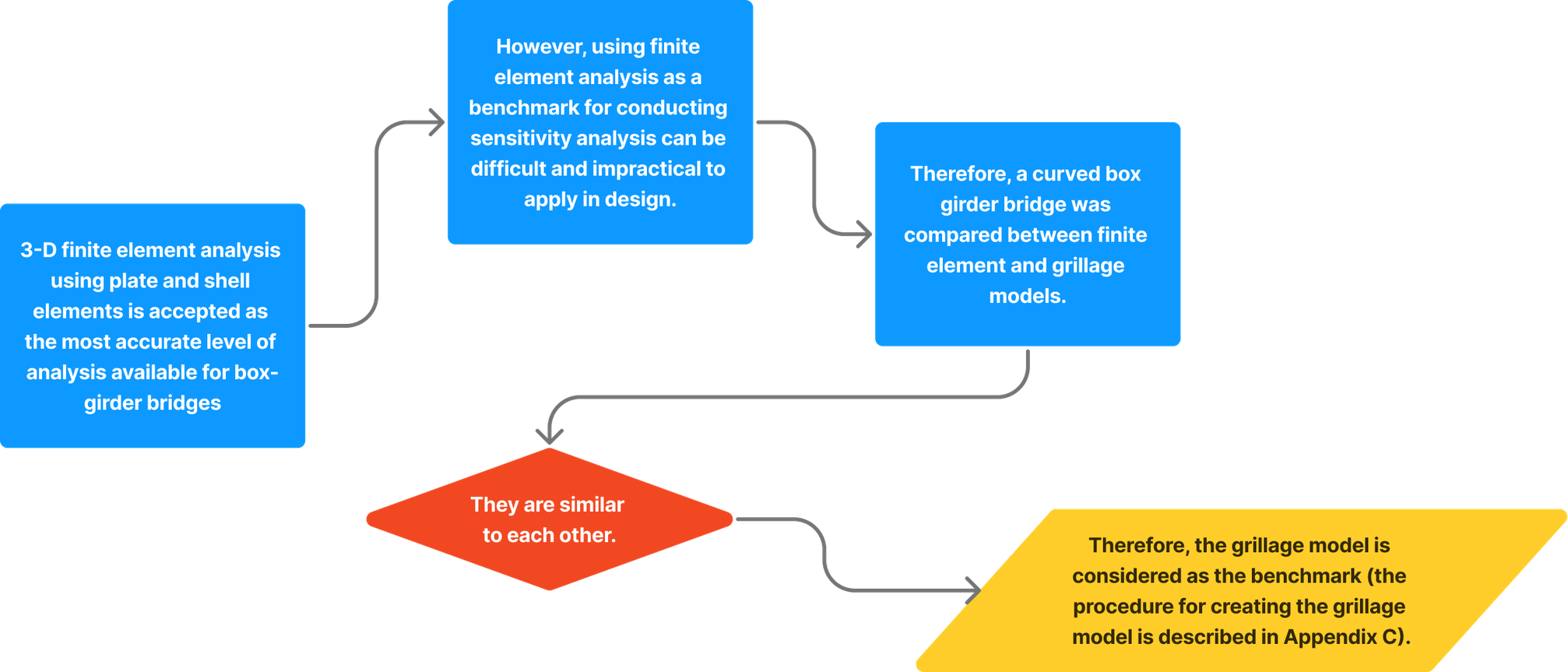
The Prerequisite Flow Diagram
3 main parameters were considered and a total of 192 bridges were selected based on different combinations of these parameters. For each bridge, both spine and grillage models were created and analysis results are compared (Segmental bridges were not included in the analysis.)"
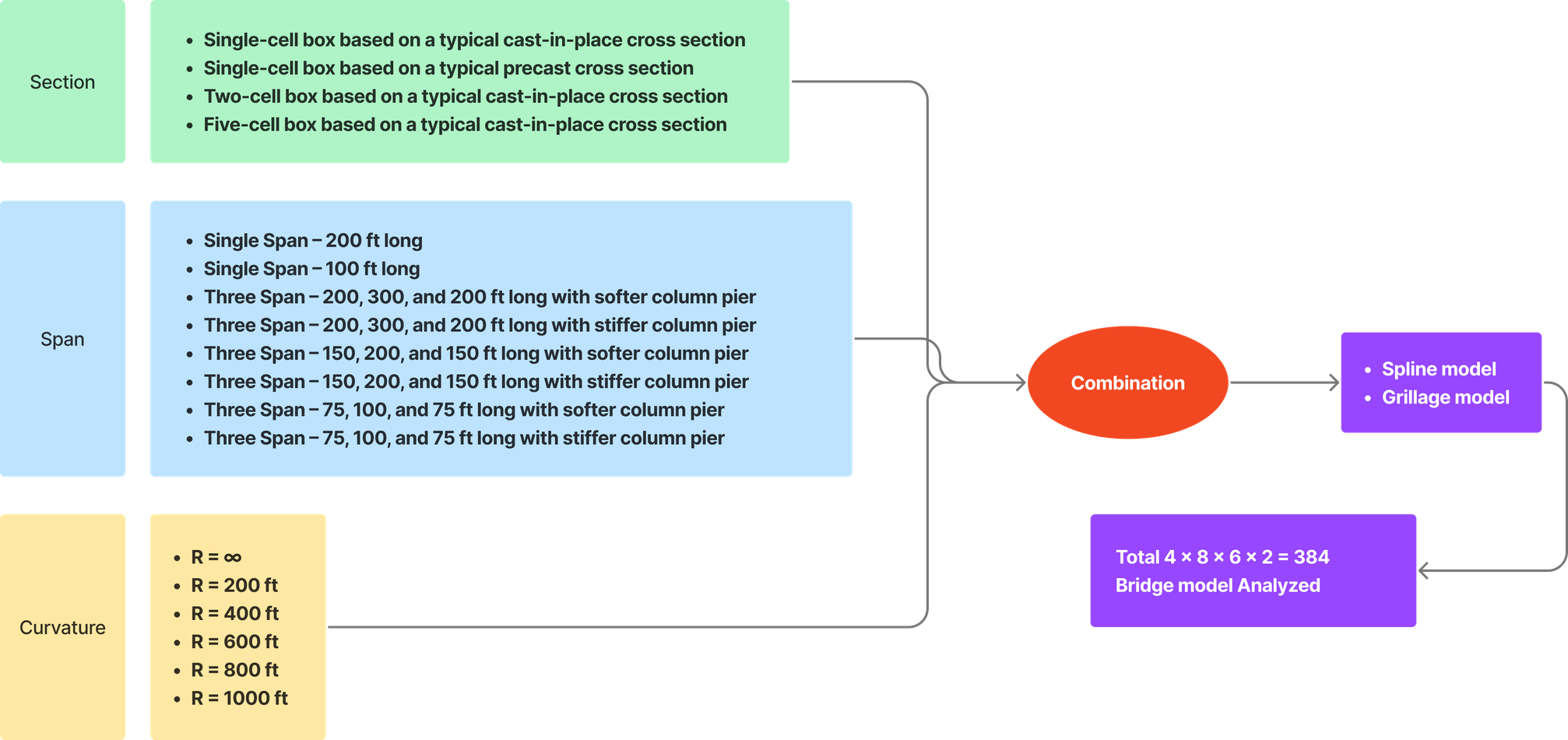
So, what's the conclusion of Chapter 4?
💡 Conclusion of Chapter 4
- Bridges with L/R less than 0.2 (11.5˚) may be designed as if they were straight. and the results are within 4% of a curved spine model when this is done.
- Bridges with L/R less than 0.8 (45.8˚) may be modeled with a single-girder spine model using a curved (spine) model and lateral effects shall be included in the analysis. The longitudinal stress will be unconservative by less than 4% up to this limit unless the bridges have a low span length-to-width ratio (i.e., short span 5-cell sections)
- Bridges with L/R larger than 0.8 shall be analyzed with more detailed analysis models such as grillage or finite element models
- Curved bridges with a length-to-width ratio of less than 0.2 and an L/R larger than 0.2 also require detailed analysis.
What do you think? Do you understand?
This is more clearly classified in the conclusion of Chapter 6, and the contents are as follows.
💡 The three methods considered were
- Plane Frame Analysis: This allows the bridge to be analyzed as if it were straight.
- Spine Beam Analysis: This is a space frame analysis in which the superstructure is modeled as a series of straight, chorded beam elements located along the centerline of the superstructure.
- Full 3-D Analysis: This includes several different sophisticated approaches that include the grillage analogy described above as well as the finite element and other sophisticated approaches.
… syncopation …
These studies showed that the radius-to-span length ratio as represented by the central angle between two adjacent supports was the dominant parameter that determined the accuracy of the various analysis methods. The span length-to-width ratio (aspect ratio) of the superstructure also had a minor effect. Based on these parameter studies, the following limits for the various types of analysis are recommended
You can check more of these details in the download file.
 Get Started midas Civil
Get Started midas Civil
 Featured blog of this week
Featured blog of this week







